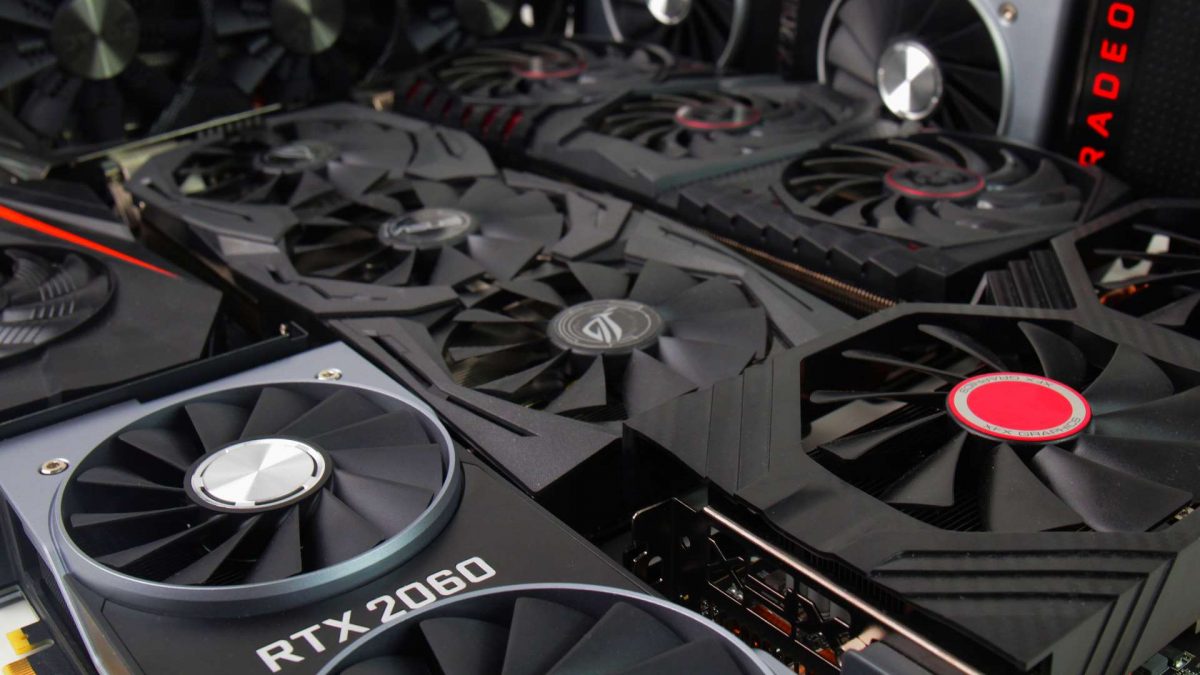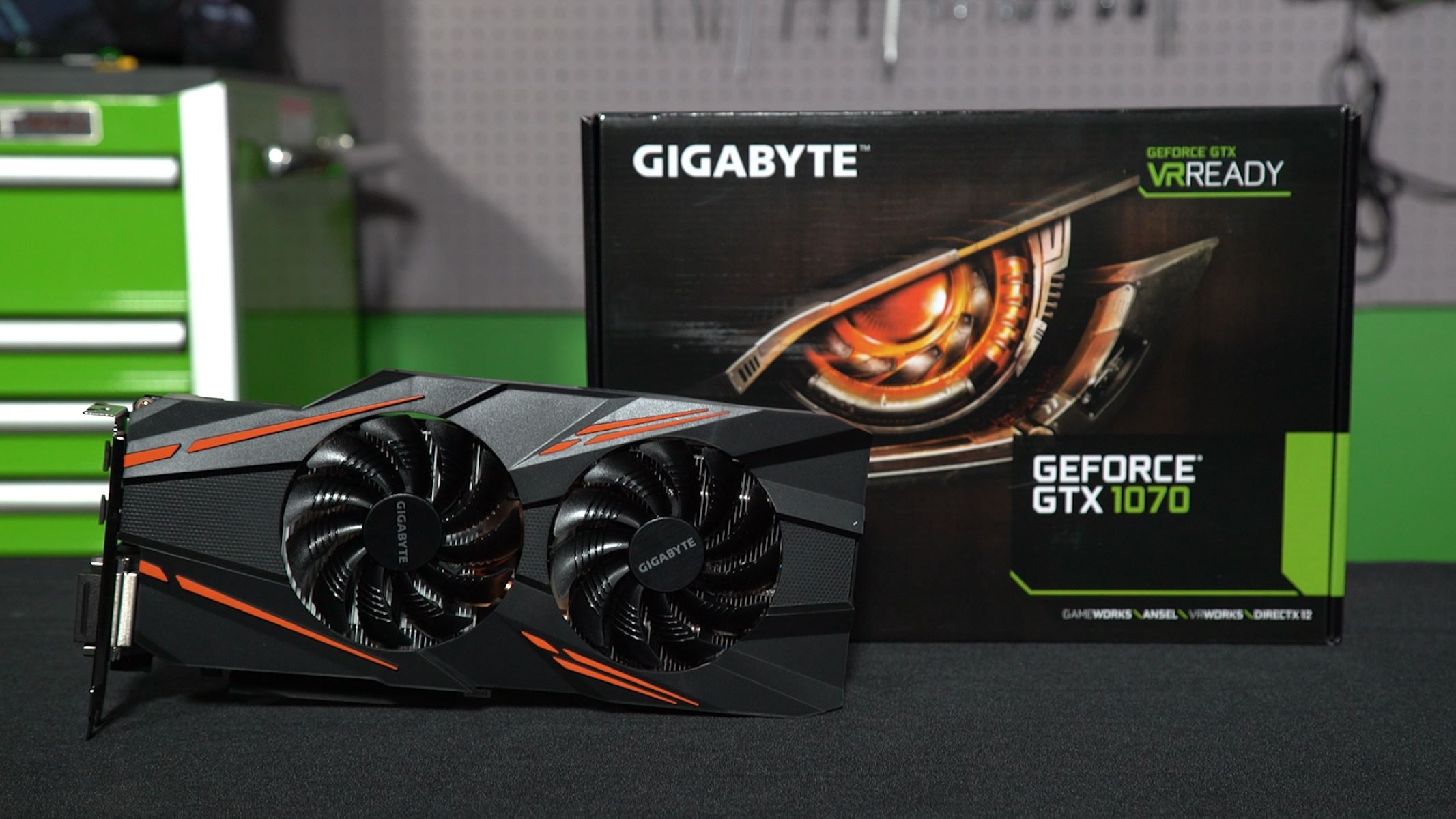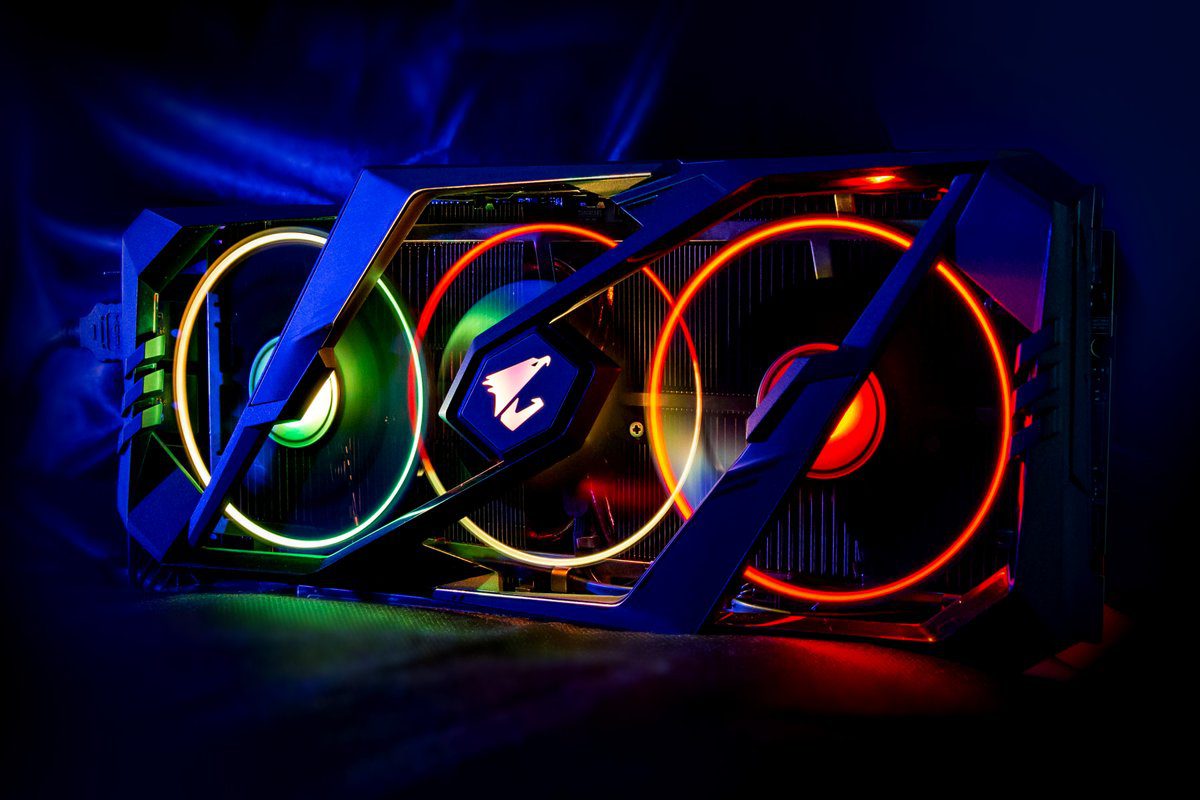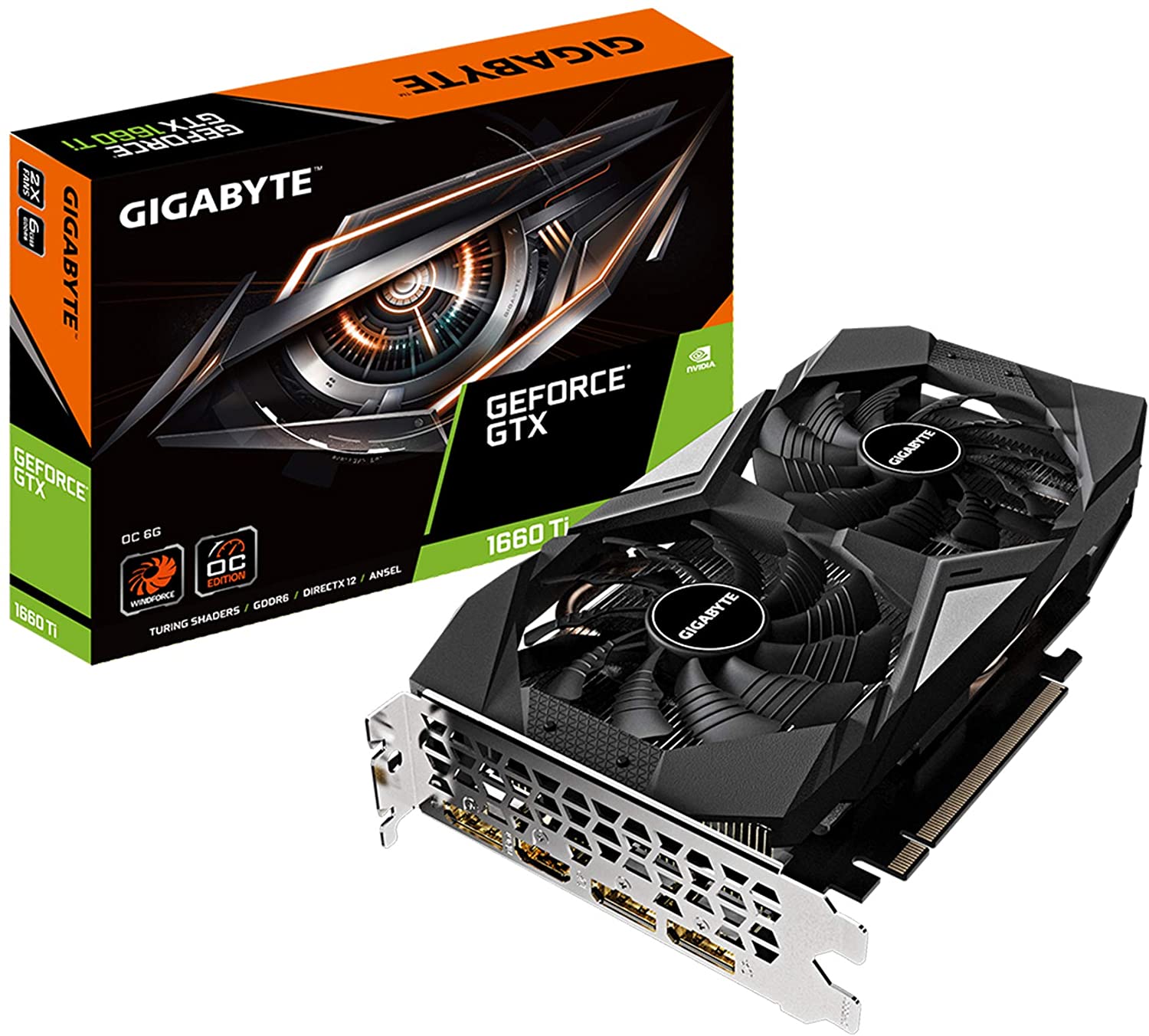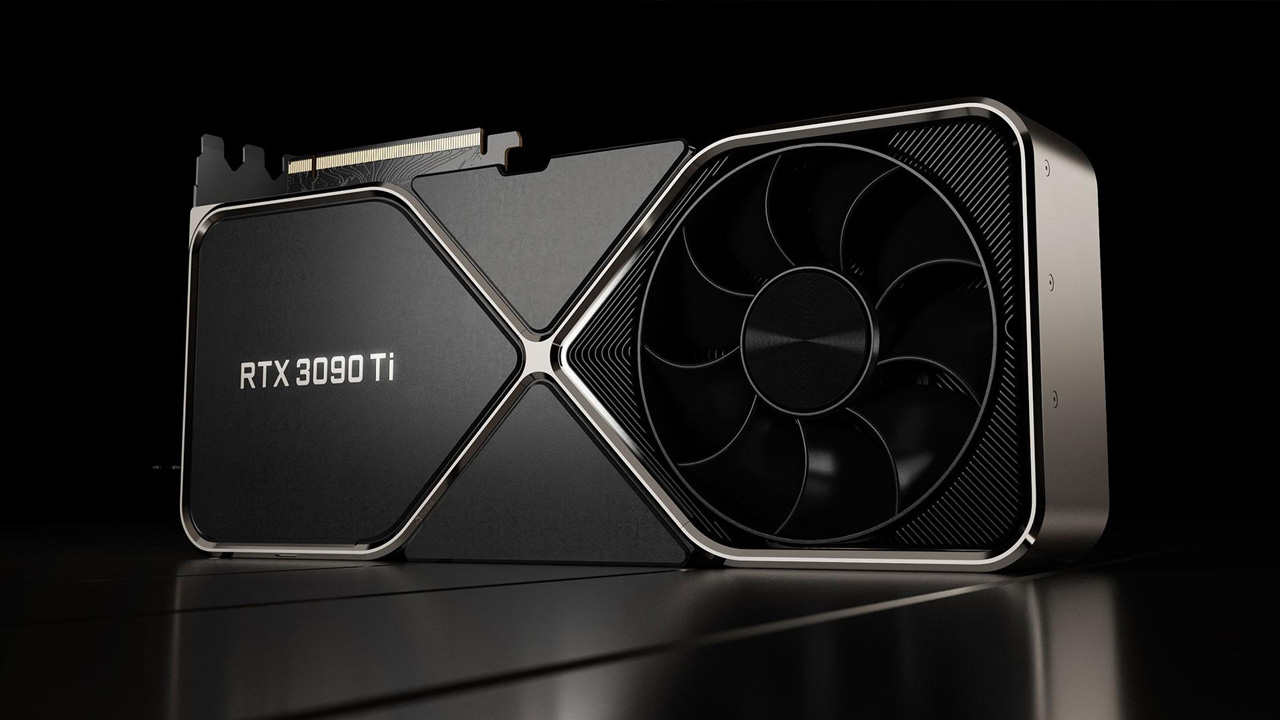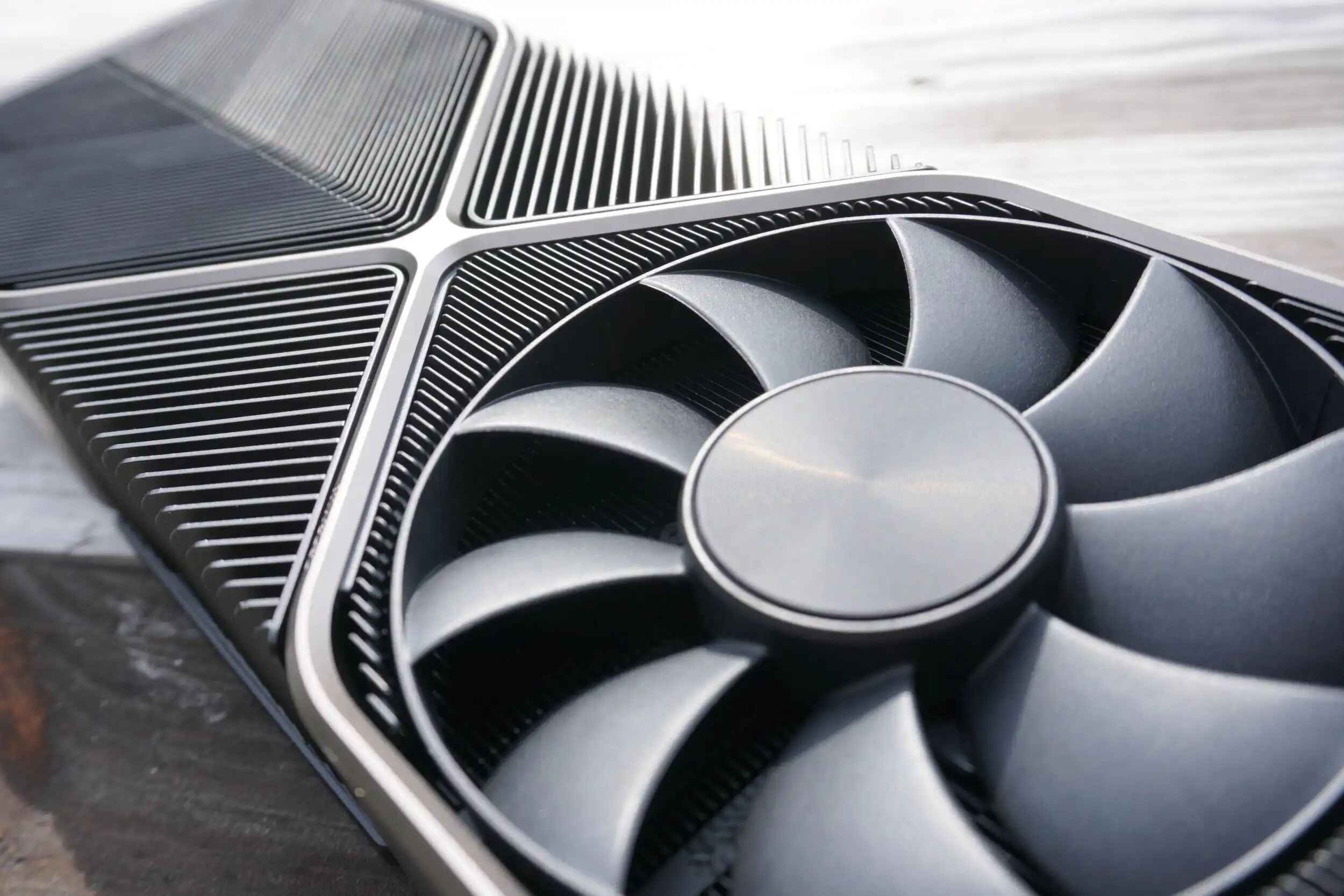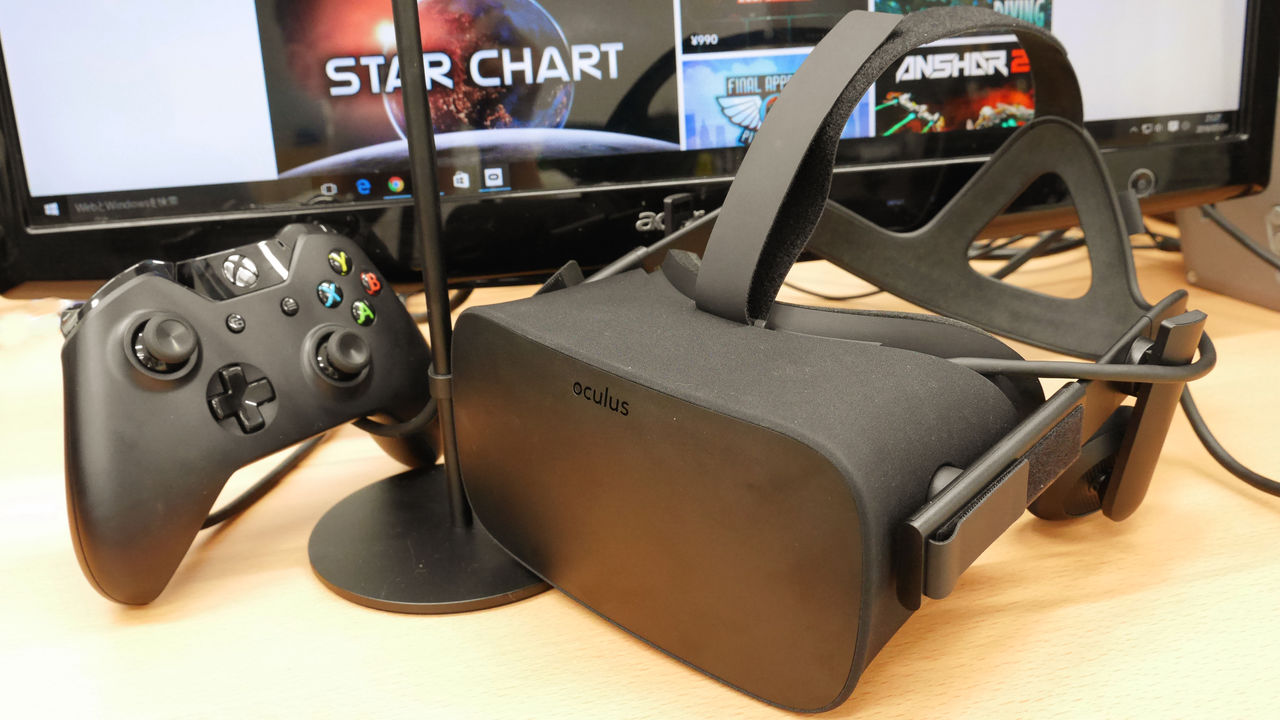Introduction
Virtual Reality (VR) is an immersive technology that has gained significant popularity in recent years. It allows users to experience a simulated environment that feels real, taking entertainment, gaming, education, and various industries to new heights. One of the essential components needed to create a seamless and immersive VR experience is a powerful Graphics Processing Unit (GPU).
A GPU is responsible for rendering high-quality graphics and ensuring smooth performance in VR applications. It plays a crucial role in delivering stunning visual effects, realistic textures, and smooth motion tracking. Without a powerful GPU, VR experiences may suffer from lag, latency, low frame rates, and overall subpar visuals, leading to a diminished sense of immersion and user satisfaction.
When it comes to choosing the right GPU for VR, it’s important to consider several factors, including performance, compatibility, and future-proofing. In this article, we will delve deeper into the importance of a powerful GPU for VR and provide a guide on selecting the best GPU for an optimized virtual reality experience.
What is VR?
Virtual Reality, commonly known as VR, refers to a technology that creates a simulated environment, allowing users to immerse themselves in a virtual world. It can be experienced through specialized VR headsets or devices, which typically include screens, motion sensors, and sometimes hand controllers. By wearing the VR headset, users are transported into a three-dimensional environment that can be interactive and responsive to their movements.
VR offers a transformative experience by stimulating the senses of sight, sound, and sometimes touch, enabling users to feel as if they are physically present in a different reality. Through VR, people can explore virtual landscapes, participate in simulated activities, interact with virtual objects, and even engage with other users in a shared virtual space, creating a sense of presence and immersion like never before.
The applications of VR extend beyond entertainment and gaming. It has found use in various fields, including education, healthcare, architecture, training, and design. For example, in the field of education, VR can provide students with immersive virtual field trips or hands-on simulations, enhancing their learning experiences. In healthcare, VR can be used for pain management, therapy, or even virtual surgeries, allowing doctors and medical professionals to practice and refine their skills in a controlled environment.
The advancement of VR technology has seen significant improvements in recent years, with more companies and developers investing in the creation of compelling and realistic VR content. The demand for powerful GPUs to drive these experiences has also escalated, as the processing requirements to render high-resolution graphics and maintain smooth performance in VR can be quite demanding.
In the next section, we will discuss why having a powerful GPU is essential for a seamless and immersive VR experience.
Why Do You Need a Powerful GPU?
A powerful Graphics Processing Unit (GPU) is crucial for a smooth and immersive VR experience. Here are several reasons why:
1. Rendering High-Quality Graphics: VR environments require realistic and visually stunning graphics to create a sense of immersion. A powerful GPU can handle complex rendering tasks, including high-resolution textures, detailed models, and intricate lighting effects, ensuring that the VR experience appears lifelike.
2. Maintaining Smooth Performance: VR applications demand a consistent and high frame rate to prevent motion sickness and maintain a sense of presence. A powerful GPU can handle the rendering workload efficiently, enabling a smooth and seamless VR experience without lag or stutter.
3. Handling Advanced VR Features: Some VR applications incorporate advanced features such as spatial audio, haptic feedback, and dynamic physics simulations. These features require additional computational power, which a powerful GPU can provide, enhancing the overall immersion and realism of the VR experience.
4. Seamless Motion Tracking: VR relies on accurate motion tracking to reflect the user’s movements in the virtual environment. A powerful GPU can handle the complex calculations required for precise tracking, reducing latency and ensuring that the virtual world responds accurately to the user’s actions.
5. Future-Proofing: VR technology continues to evolve rapidly, with new hardware and software advancements being introduced regularly. By investing in a powerful GPU, you future-proof your VR setup, ensuring that it can handle upcoming VR experiences and advancements without the need for immediate upgrades.
A powerful GPU acts as the backbone of the VR experience, helping to deliver stunning visuals, smooth performance, and an overall sense of immersion. With the increasing popularity of VR and the growing complexity of VR applications, having a capable GPU is essential to unlock the full potential of this exciting technology.
In the next section, we will discuss the key factors to consider when choosing a GPU for VR.
What to Consider When Choosing a GPU for VR
Choosing the right Graphics Processing Unit (GPU) for your virtual reality (VR) setup is crucial to ensure optimal performance and a seamless VR experience. Here are some key factors to consider when selecting a GPU for VR:
1. Performance: Look for a GPU with high-performance capabilities to handle the demanding requirements of VR. Consider the GPU’s clock speed, number of cores, and memory bandwidth, as they can directly affect the rendering speed and overall performance in VR applications.
2. Compatibility: Ensure that the GPU is compatible with your VR headset and other hardware components. Check the recommended system requirements provided by the VR headset manufacturer and ensure that your GPU meets or exceeds those specifications.
3. VR-Optimized Features: Look for GPUs with VR-specific features, such as NVIDIA’s VRWorks or AMD’s LiquidVR. These features enhance VR performance by reducing latency, improving motion tracking, and providing advanced rendering techniques specifically designed for VR applications.
4. VR Software Support: Consider the GPU’s compatibility and support for popular VR software platforms, such as SteamVR, Oculus Rift, or Windows Mixed Reality. Compatibility with these platforms ensures a smooth and optimized experience with a wide range of VR applications and games.
5. Multiple Display Outputs: If you plan to use multiple displays or VR setups, ensure that the GPU can support the required number of displays simultaneously. Having multiple display outputs allows you to connect your VR headset while still having a monitor or additional displays for other purposes.
6. Budget: Set a budget for your GPU purchase and look for options that offer the best performance within your budget range. It’s important to strike a balance between cost and performance to ensure a satisfactory VR experience without overspending.
7. Future-Proofing: Consider the GPU’s future potential and compatibility with upcoming VR technologies. Look for GPUs that support emerging technologies like ray tracing or have a high level of performance headroom to handle more demanding VR experiences in the future.
By considering these factors, you can make an informed decision when choosing a GPU that meets your VR requirements and provides an immersive and seamless VR experience.
In the next section, we will discuss some recommended GPUs that are well-suited for VR applications.
Recommended GPUs for VR
When it comes to choosing a GPU for virtual reality (VR), several options stand out in terms of performance and compatibility. Here are some recommended GPUs that are well-suited for VR applications:
1. NVIDIA GeForce RTX 3080: The GeForce RTX 3080 is a powerhouse GPU from NVIDIA’s latest RTX 30 series lineup. It offers impressive performance with ray-tracing capabilities, making it ideal for VR applications that require realistic lighting and reflections. The RTX 3080 delivers smooth and immersive VR experiences with its high clock speeds, ample VRAM, and DLSS technology.
2. AMD Radeon RX 6800 XT: The Radeon RX 6800 XT is AMD’s flagship GPU that provides excellent performance for VR. With its powerful architecture, high core count, and fast memory, it can handle demanding VR applications with ease. The RX 6800 XT also supports AMD’s FidelityFX Super Resolution, enhancing performance while maintaining visual quality.
3. NVIDIA GeForce RTX 3070: The GeForce RTX 3070 is a more affordable option compared to the RTX 3080 but still delivers exceptional performance for VR. With its powerful Ampere architecture, high memory bandwidth, and DLSS support, this GPU can handle VR applications smoothly, providing a great balance between performance and cost.
4. AMD Radeon RX 6700 XT: The Radeon RX 6700 XT is a mid-range GPU from AMD that offers excellent value for VR gaming. With its powerful RDNA 2 architecture and ray-tracing support, the RX 6700 XT can deliver immersive VR experiences at a more affordable price compared to high-end options.
5. NVIDIA GeForce GTX 1660 Super: For those on a tighter budget, the GeForce GTX 1660 Super offers compelling performance for VR at an affordable price point. While it may not provide the same level of performance as higher-end options, it can still handle most VR applications smoothly and deliver an enjoyable VR experience.
It’s important to note that these are just a few examples of recommended GPUs for VR. Depending on your specific needs, budget, and preferences, there are other graphics cards available that can also provide a satisfactory VR experience. Be sure to research and compare different models, considering their performance capabilities and compatibility with your VR setup.
In the next section, we will conclude the discussion and summarize the importance of a powerful GPU for VR.
Conclusion
A powerful Graphics Processing Unit (GPU) is a crucial component for a seamless and immersive virtual reality (VR) experience. It plays a vital role in rendering high-quality graphics, maintaining smooth performance, and handling advanced features in VR applications. By investing in a powerful GPU, users can unlock the full potential of VR and enjoy stunning visuals, responsive motion tracking, and a heightened sense of presence.
When choosing a GPU for VR, it’s essential to consider factors such as performance, compatibility, VR-optimized features, software support, multiple display outputs, budget, and future-proofing. Options like the NVIDIA GeForce RTX 3080, AMD Radeon RX 6800 XT, GeForce RTX 3070, Radeon RX 6700 XT, and GeForce GTX 1660 Super are recommended for their impressive performance and suitability for VR applications.
However, it’s crucial to note that the recommended GPUs are not the only options available. Depending on individual needs, preferences, and budget, other GPUs can also provide a satisfactory VR experience.
In conclusion, a powerful GPU is essential for a smooth and immersive VR experience. It enhances the visual quality, performance, and responsiveness of VR applications, creating a more realistic and enjoyable virtual environment. By carefully considering the factors mentioned and selecting a suitable GPU, users can optimize their VR setup and fully immerse themselves in the captivating world of virtual reality.









